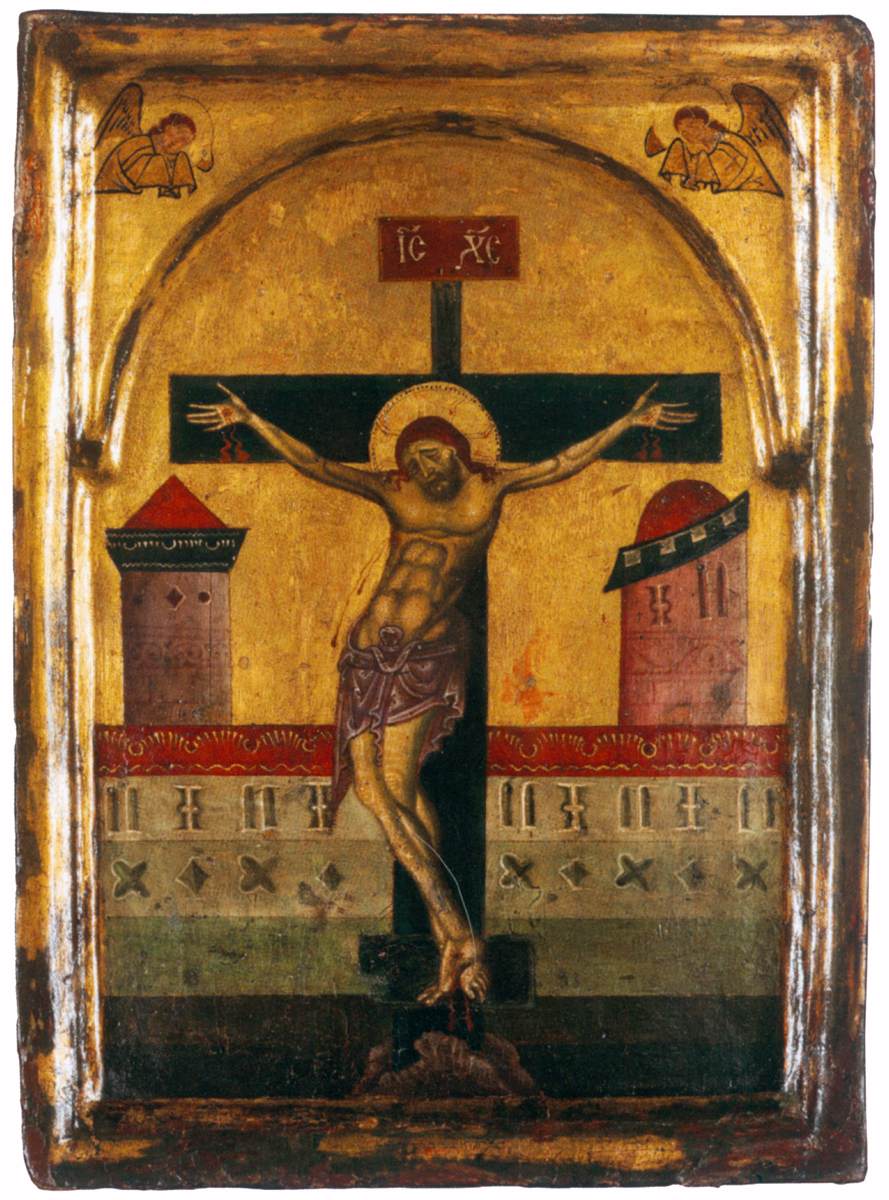Description
The painting "Crucifixion" by the Unknown Italian Master is a fascinating work that captivates viewers with its unique artistic style and powerful composition. Despite its modest original size of 36 x 26 cm, this painting manages to convey great intensity and emotion.
The artistic style of this work is part of the Italian Renaissance, characterized by its attention to detail and its search for realistic representation. The Unknown Italian Master demonstrates his technical skill by accurately capturing the muscles and shapes of the body of the crucified Christ, as well as the faces of the surrounding characters.
The composition of the painting is another highlight. The central figure of Christ is at the center of the work, surrounded by a multitude of characters expressing different emotions. Through the arrangement of the characters, the artist manages to create a visual balance and a sensation of movement, which contributes to the dramatization of the scene.
The use of color in this painting is sober and with a limited palette. Dark and earthy tones predominate, reinforcing the somber and tragic tone of the crucifixion. However, the Unknown Italian Master uses small flashes of color, such as the reddish tones in Christ's wounds, to highlight certain elements and create contrast.
The history of the painting "Crucifixion" is enigmatic, since the identity of the artist is unknown. Despite this, its artistic quality and its visual impact have allowed this work to be valued and recognized in the artistic field. Although its original size is relatively small, its importance lies in the way it manages to convey the intensity and suffering of Christ's crucifixion.
Despite its relative obscurity compared to other more well-known works, the painting "Crucifixion" by the Unknown Italian Master deserves to be appreciated and studied. Its artistic style, skillful composition, use of color, and enigmatic history make it an intriguing and significant work of art within the context of the Italian Renaissance.

